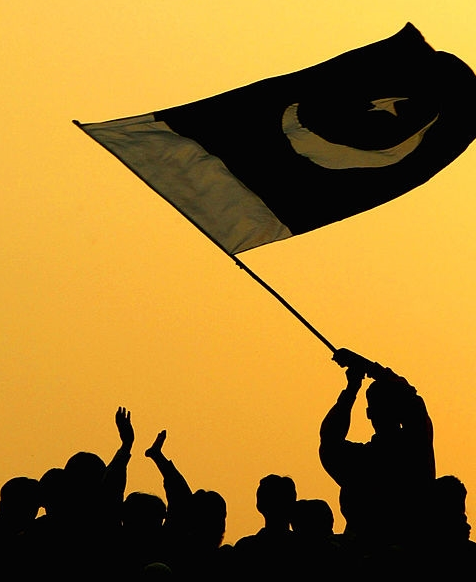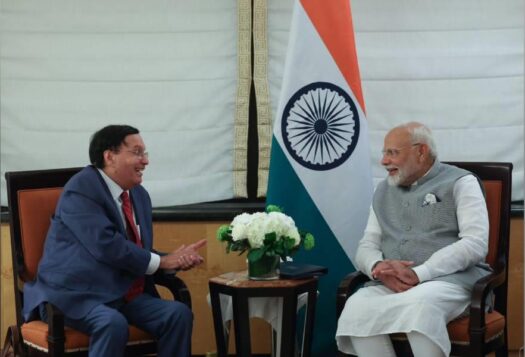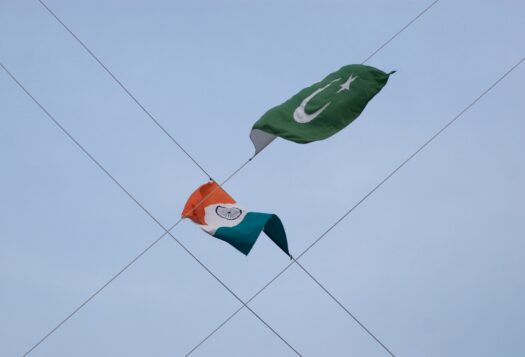
Pakistan is again facing pressures over its nuclear and missile program. Recent rumors regarding a civil nuclear deal between the United States and Pakistan have been dismissed by the White House and Pakistan’s Foreign Office. However, nuclear cooperation still remains on the agenda. Through some over-projected calculations, Pakistan is being accused of pursuing the world’s fastest growing nuclear weapons program. Most notable reports alleging these concerns are “Over Coming Pakistan’s Nuclear Dangers” by Mark Fitzpatrick and “A Normal Nuclear Pakistan” by Toby Dalton and Michael Krepon. These scholars advocate imposing limits on Pakistan’s nuclear program in a quid-pro-quo deal by admitting Pakistan to the Nuclear Suppliers Group (NSG) in return for substantial concessions. Notwithstanding the intent of these scholars, these compromises in pursuit of NSG membership without complementary initiatives from New Delhi would have far reaching implications for peace and stability in South Asia, epitomizing a path to virtual disarmament for Pakistan.
These limits as enumerated in the report can be categorized as the following. First, Pakistan should change its posture from full spectrum deterrence to strategic or recessed deterrence, which ostensibly means abandoning low-yield nuclear warheads (TNWs) and short-range nuclear capable missiles. Second, Pakistan should separate military and civilian nuclear facilities. Third, Pakistan should reverse its position on the Fissile Material Cut-off Treaty (FMCT) by lifting its veto at the Conference on Disarmament (CD) and subsequently freezing fissile material production. Fourth, it should refrain from deploying missiles beyond specified ranges. Finally, Pakistan should unilaterally sign the Comprehensive Test Ban Treaty (CTBT), regardless of India’s position.
Pakistan has a small civil nuclear program which barely produces 4% of the total electricity generated in the country. However, with Chinese assistance, Pakistan is improving this capacity. Separating civil and military aspects of Pakistan’s nuclear program shouldn’t be a problem. Pakistan has demonstrated nuclear capability at the low end of the threat spectrum only to compensate for its conventional inferiority vis-à-vis India and thus thwarting Indian plans of launching limited war under a nuclear umbrella. A limited conflict makes the specter of nuclear war plausible in South Asia and must be avoided. The most feasible way to abolish TNWs and short-range missiles in South Asia is by convincing India to find a durable solution on the Kashmir issue after signing a no-war pact with Pakistan. Pakistani stance on the FMCT is in response to the discriminatory nature of proposals on existing stocks of fissile material. Even if Pakistan lifts its veto, other states like Israel and India are likely to come up with their own reservations. Consequently, Pakistan ought to review its stance at the CD, although it is unlikely to change the overall status quo on the FMCT.
India is steadily pursuing its anti-ballistic missile defense program and second-strike capability through sea-based deterrence platforms. Some Indian scholars have argued in favor of testing thermonuclear bombs; therefore, the possibility of India conducting a nuclear test in South Asia remains in the future. Thus, signing the CTBT unilaterally by Pakistan would be like shooting itself in the foot.
After the testing of a medium-range missile, the Shaheen III with a range of 2750 km, Pakistan has gained the capability to hit strategic bases on India’s extreme eastern frontiers. Due to its range, the Shaheen III is viewed with skepticism in Israel as well. Israel is assisting India to develop hi-tech military capabilities including anti-ballistic missile defense shield, which would tilt the balance of power in favor of India leading to strategic instability. While Pakistan’s deterrence posture is India-centric, circumstances necessitate that Pakistan should maintain an implicit defensive posture against states with embedded hostile intents and contingency plans to denuclearize Pakistan. Testing missiles beyond the range of Shaheen III appears un-remunerative, but only a self-imposed moratorium would be appropriate under the existing geo-political environment.
Inclusion of Pakistan in the NSG would ostensibly ease access to some dual use technologies for its safeguarded nuclear reactors, but that should not come at the cost of gradual disarmament. The rumors about a U.S.-Pakistan nuclear deal in return for limits on nuclear weapons and delivery systems come at a time when Pakistan and China are already cooperating in nuclear, energy, and economic sectors. These proposals from recent reports are asking too much from Pakistan without addressing its core security concerns. Nevertheless, cooperation on nuclear issues between Islamabad and Washington D.C. must not be dismissed completely, but should rather be analyzed objectively and offer worthwhile concessions from Pakistan’s nuclear and missile capabilities to ensue regional stability.
***


